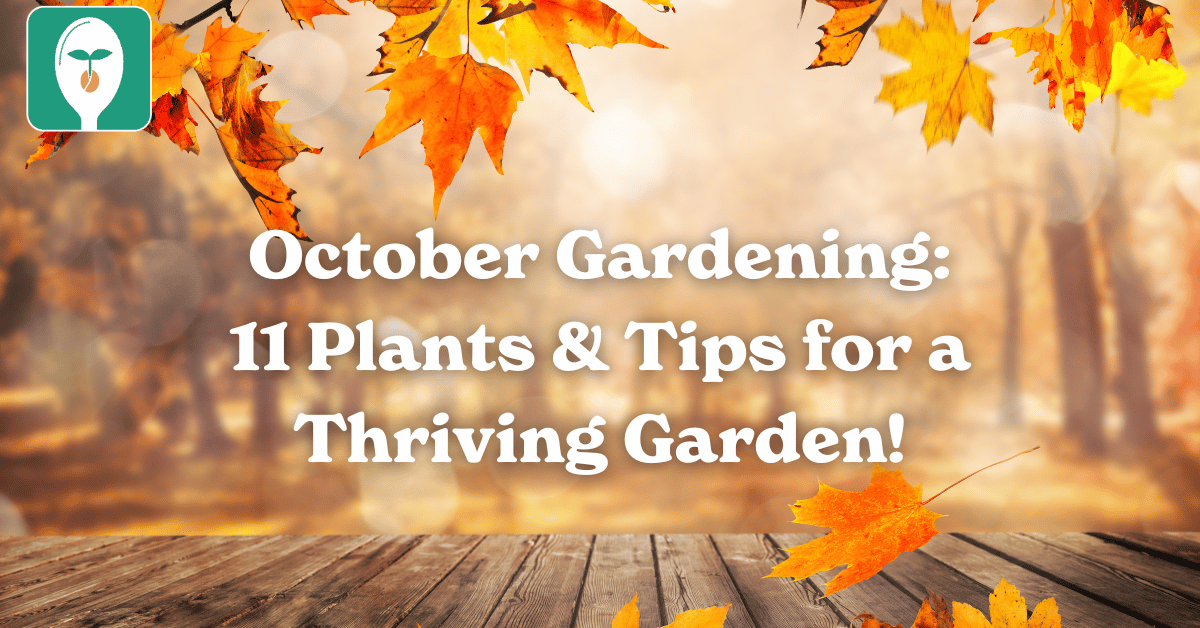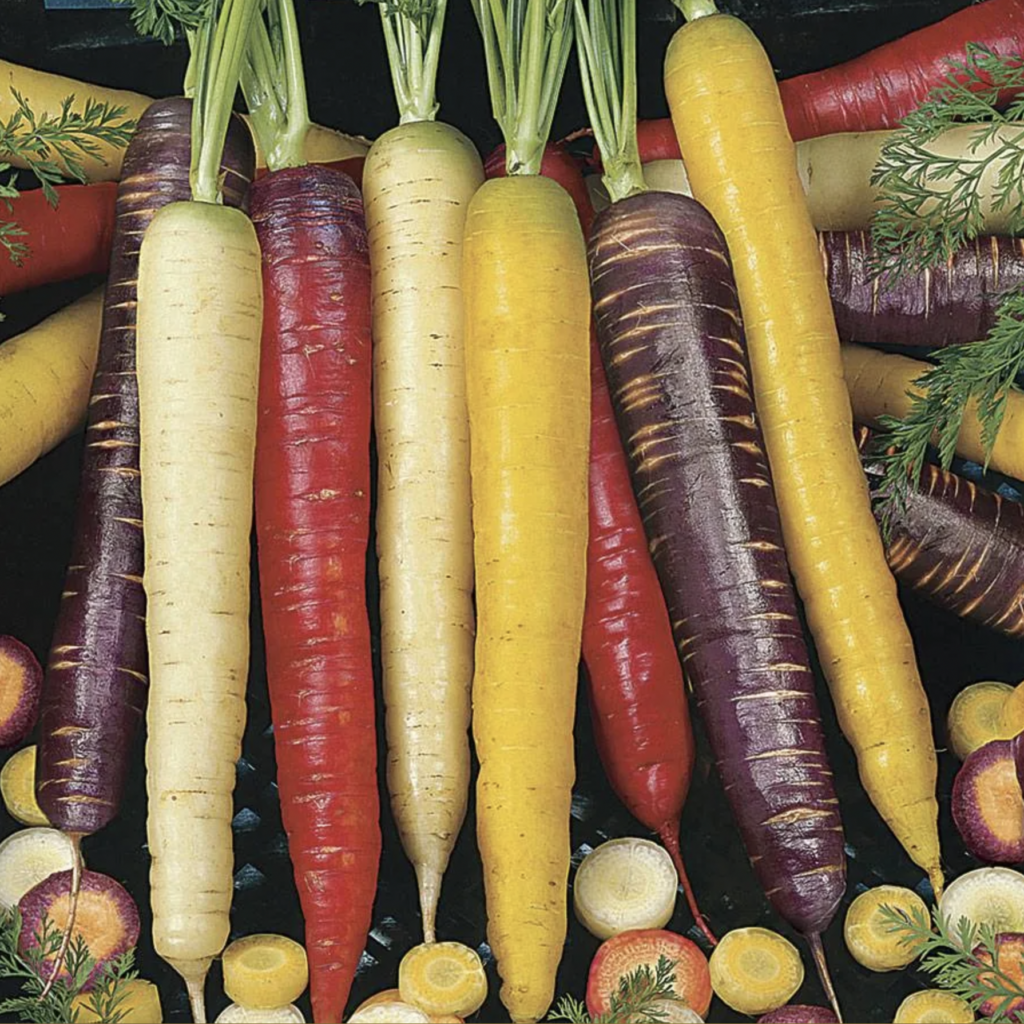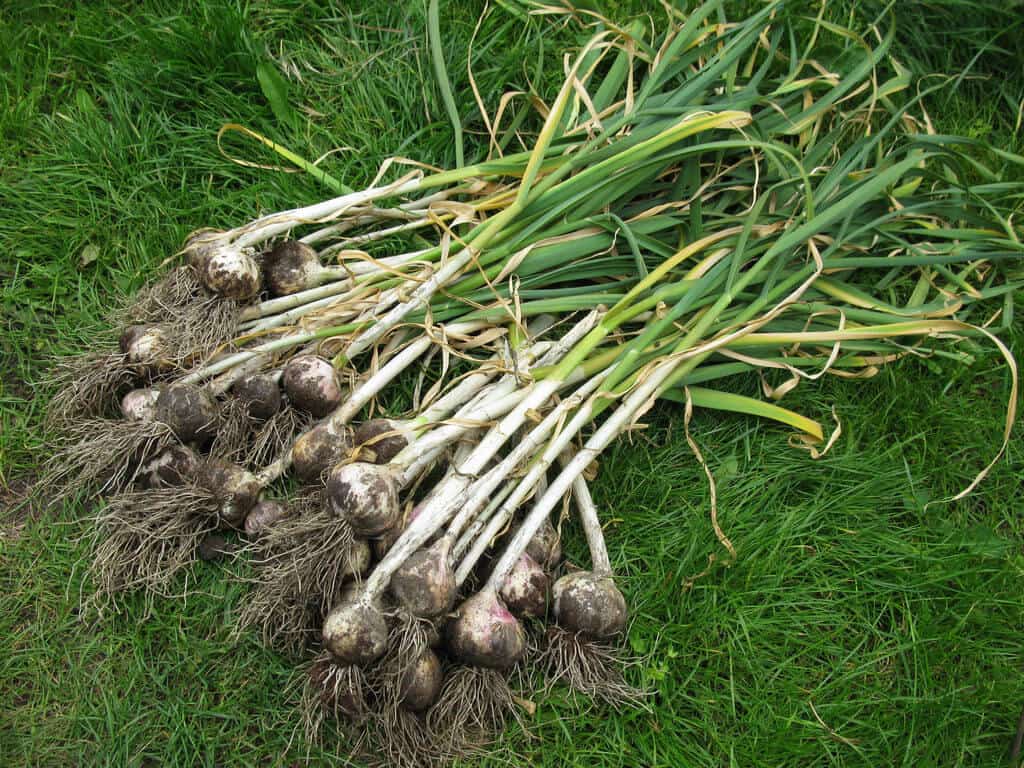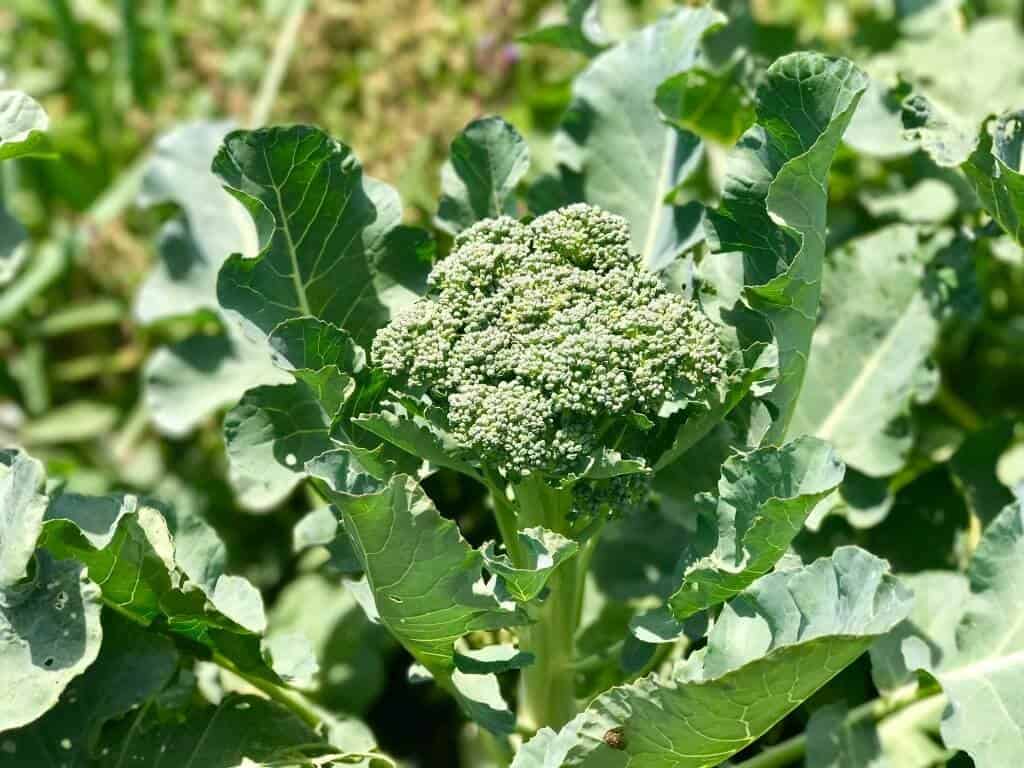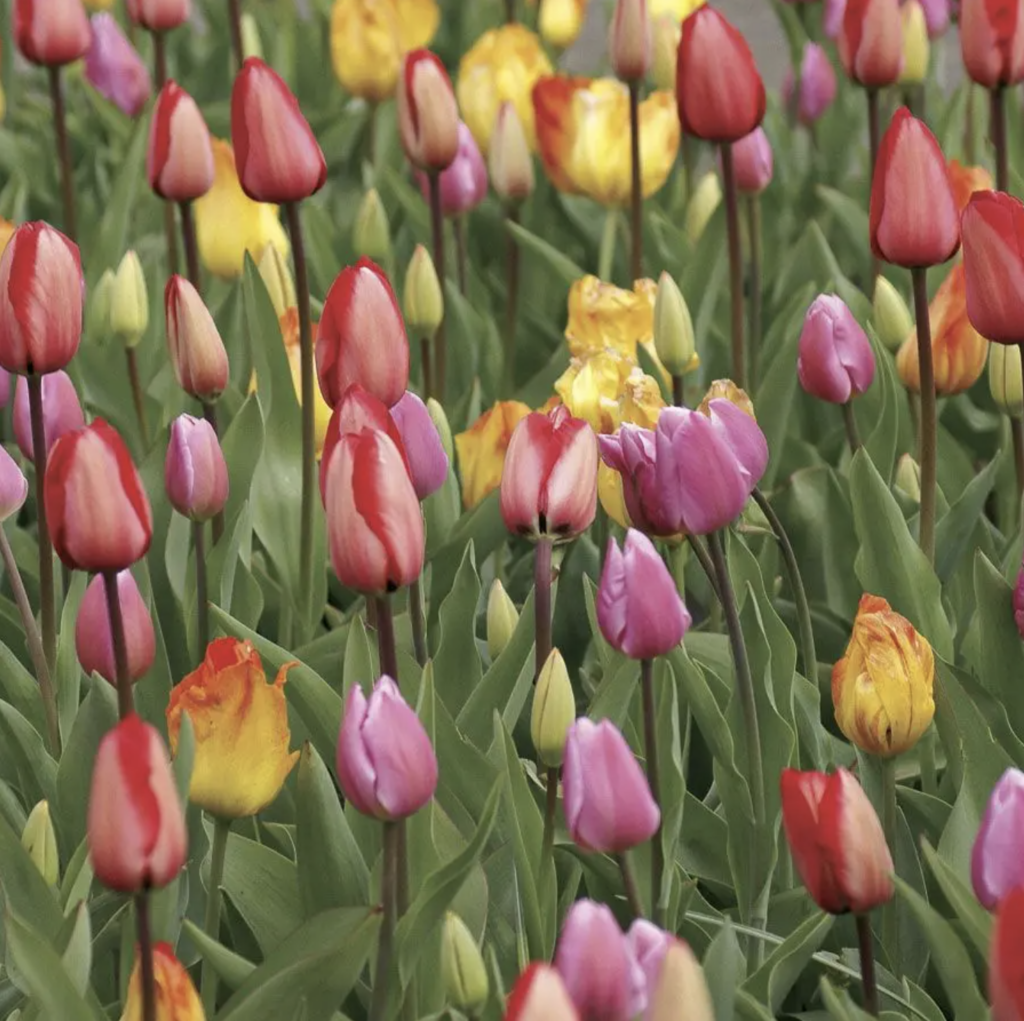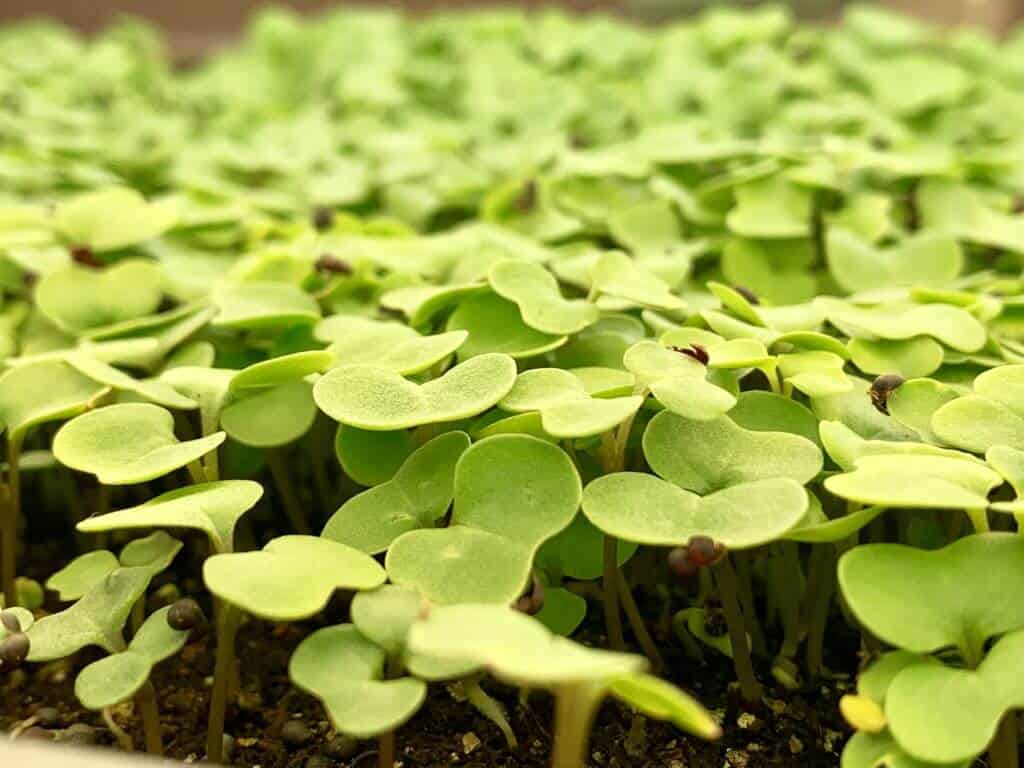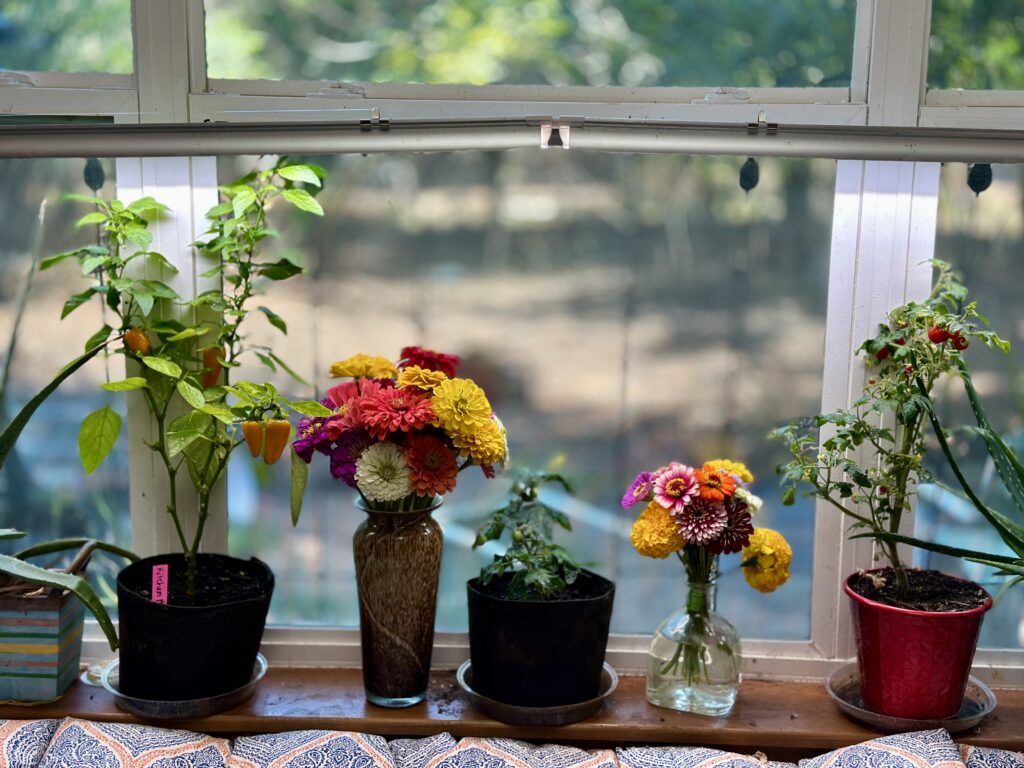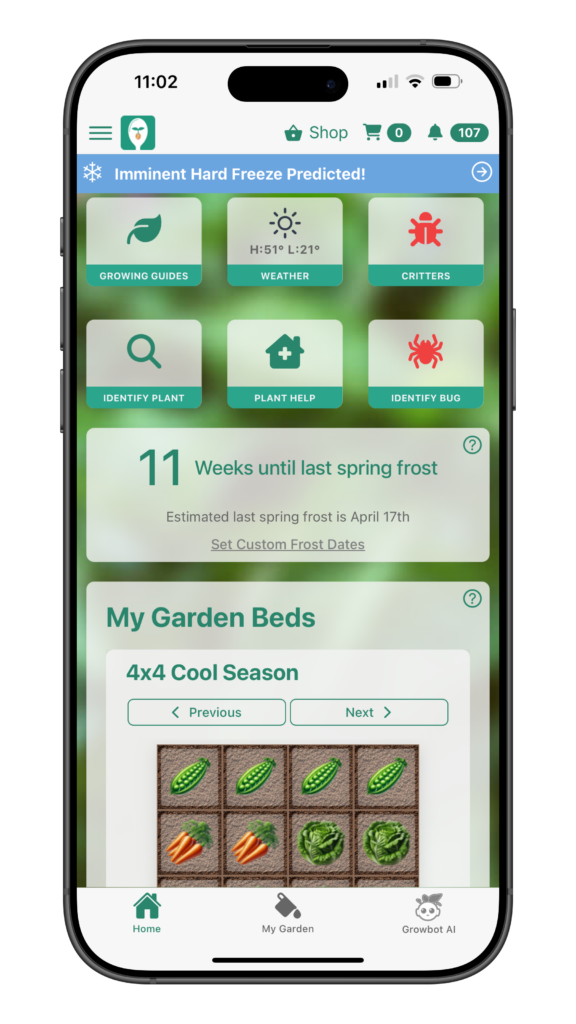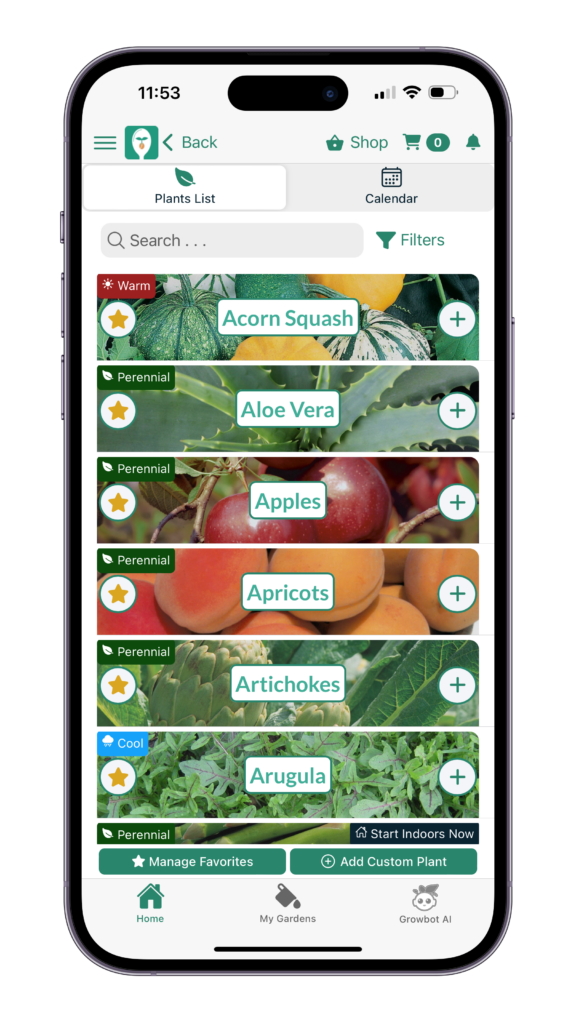October Gardening: 11 Plants & Tips for a Thriving Fall Garden
Fall is a fantastic time to refresh your garden, and October offers the perfect opportunity to grow cool-season crops and tackle essential garden tasks. Whether you’re planting vegetables outdoors or starting microgreens indoors, our latest video covers 11 plants and gardening tips you won’t want to miss this month!
In this post, we’ll break down the key takeaways from our video, “October Gardening: 11 Plants & Tips for a Thriving Garden!“ Keep reading for expert advice to help your garden thrive in October.
1. Plant Leafy Greens
October is ideal for growing cool-season leafy greens like lettuce, spinach, and kale. These crops love the cooler temperatures and will thrive well into the fall.
5. Brassicas for Fall
Broccoli, cauliflower, and cabbage thrive in cooler temperatures and can be planted now to enjoy a fall harvest. They’re hardy crops that can even withstand light frosts.
7. Cover Crops for Soil Health
Cover crops like clover or rye can help nourish and protect your soil over the winter. They prevent soil erosion and add organic matter, prepping your garden for next year’s crops.
8. Mulching for Winter
Mulch is essential in October to insulate plant roots, prevent erosion, and suppress weeds. Opt for materials like leaves, pine shavings, or wood chips, and avoid straw to prevent weed issues.
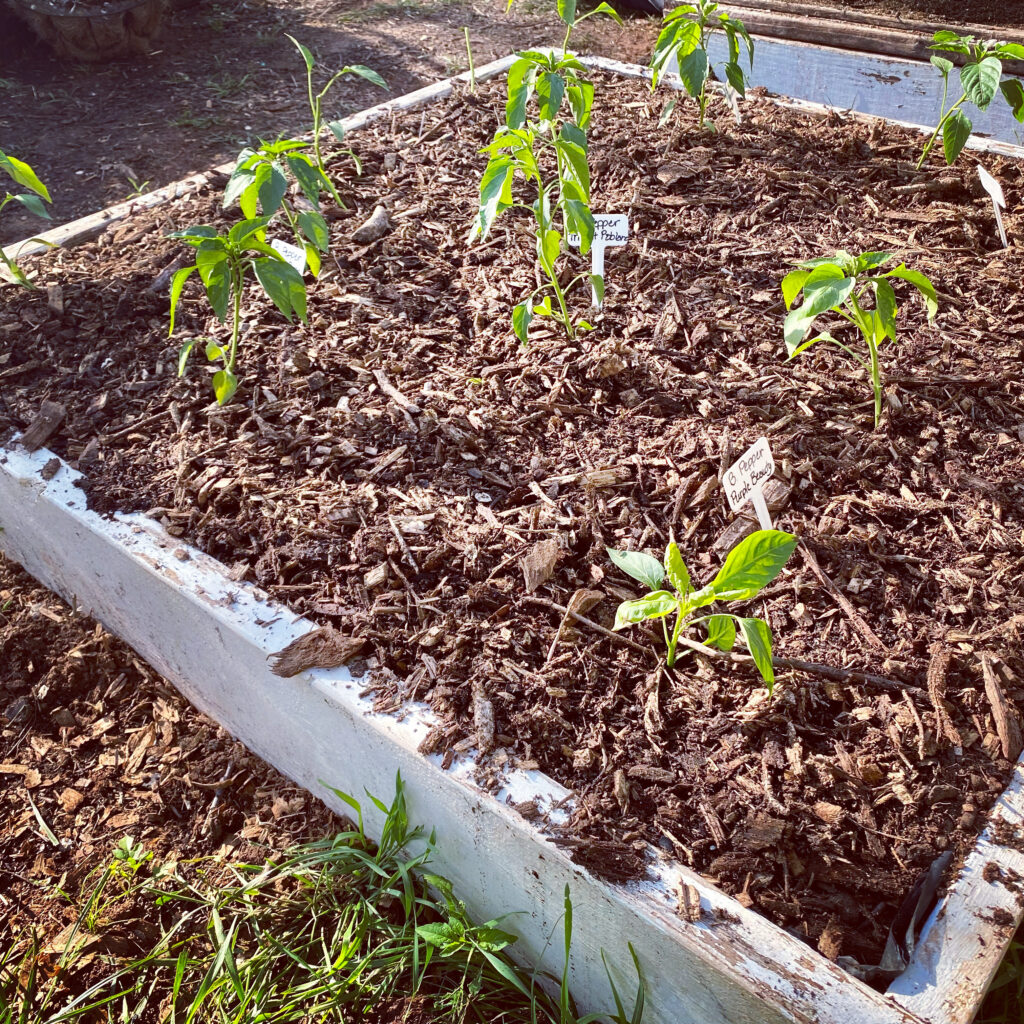
9. DIY PVC Dome Hoophouses
Extend your growing season by constructing simple DIY PVC dome hoophouses. These structures provide frost protection and allow you to continue growing into colder months.
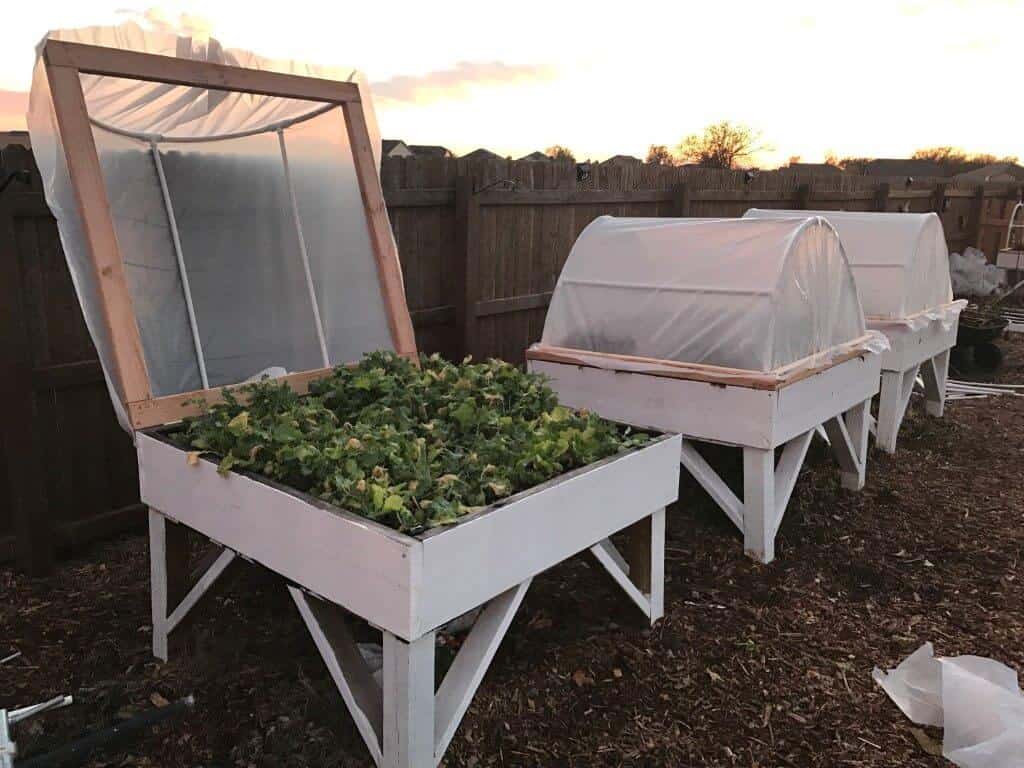
10. Indoor Microgreens
Growing microgreens indoors is a great way to enjoy fresh produce all winter long. Radish, mustard greens, and sunflower microgreens are fast-growing and easy to grow on a sunny windowsill.
Check out the full video, “October Gardening: 11 Plants & Tips for a Thriving Garden,” on our YouTube channel, where we go deeper into these tips and tricks. You’ll walk away with everything you need to make the most of your garden this month, indoors and out!
Don’t forget to subscribe to our channel for more gardening tips, tutorials, and seasonal guides!
Learn more about growing over 100 different foods, including how to manage various pests in our FREE iOS, Android, or new Universal Web App!

Carrie Spoonemore, co-founder of “From Seed to Spoon,” stands as a beacon of inspiration for gardeners and health enthusiasts alike. Her journey alongside her husband, Dale Spoonemore, in creating a platform that demystifies gardening and promotes a healthier lifestyle, has made a significant impact on individuals around the globe. Through the “From Seed to Spoon” app, Carrie has dedicated herself to empowering people to take control of their health and environment by growing their own food.
With a profound belief in the power of gardening to improve mental and physical health, Carrie’s contributions to the Seed to Spoon blog reflect her holistic approach to wellness. Her articles often focus on the nutritional benefits of homegrown fruits and vegetables, organic gardening practices, and the mental health benefits of spending time in nature. Carrie’s expertise in health science shines through in her detailed discussions on how specific plants can contribute to a balanced diet and overall well-being.
Carrie’s passion for gardening is deeply intertwined with her commitment to family and community wellness. She frequently shares personal stories of how gardening has brought her family closer together, offering practical tips for involving children in gardening activities and making it a fun, educational experience. Her writing encourages families to explore gardening as a means of spending quality time together while learning about nature and sustainability.
In addition to gardening advice, Carrie’s contributions to the blog include insights into the use of technology to enhance the gardening experience. She has played a crucial role in designing the “From Seed to Spoon” app to be user-friendly, ensuring that users of all ages and backgrounds can navigate the complexities of gardening with ease. Her vision for the app is not just as a gardening tool but as a vehicle for change, inspiring individuals to adopt a more sustainable lifestyle by growing their own food.
Carrie Spoonemore’s presence on the blog is marked by her compassionate approach to teaching and her unwavering belief in the transformative power of gardening. Her work continues to inspire a community of gardeners to pursue a healthier, more sustainable way of living, proving that with the right tools and knowledge, anyone can become a gardener and advocate for their health and the planet.

